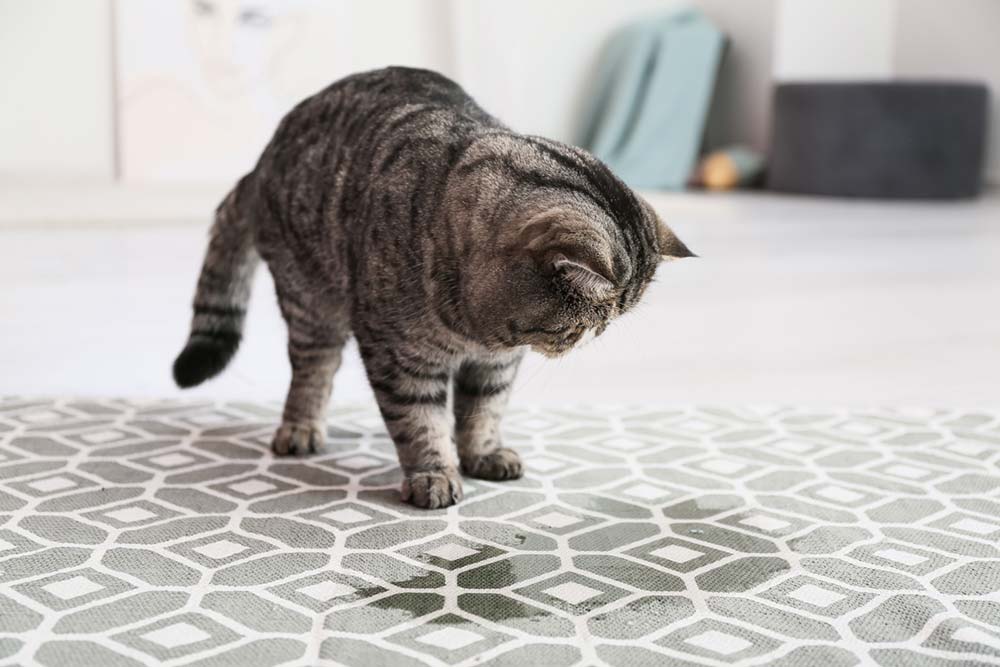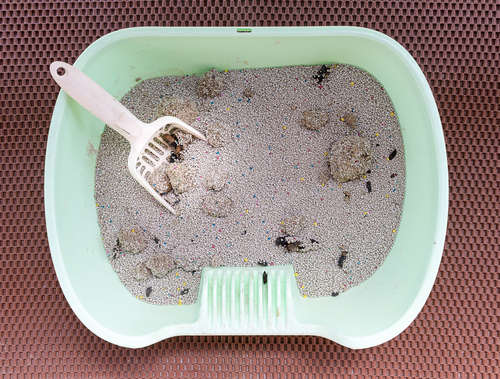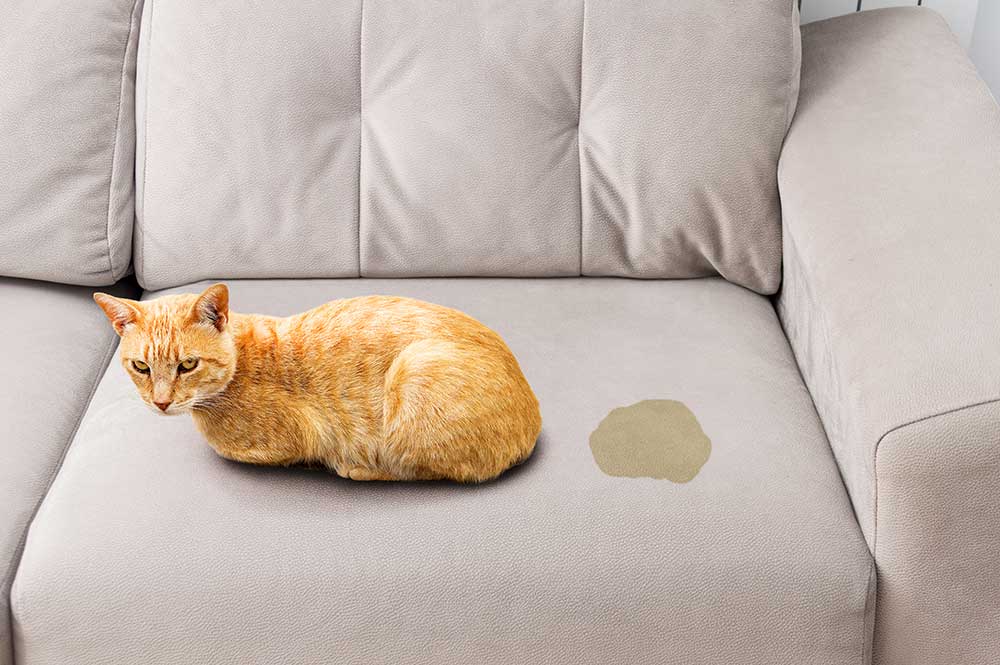One of the more frustrating issues I deal with in my clinic is cats who urinate outside of their litter tray. For many owners, this is a problem that causes them a great deal of stress and it is not always something that is easily fixed. My first step in working these patients up is trying to determine why they are not using their litter tray. Once we know the answer to this, we can start our treatment plan. With potential causes ranging from cystitis and diabetes to stress and dirty litter trays, finding the root cause is not always a simple matter.
Why does my cat keep peeing in the same spot?
There are many reasons why a cat may choose to urinate outside of their litter tray and pee in the same spot. When they do this, you may well find they are picking their own favorite spots over and over again. This can include places like beds, rugs and on piles of laundry. Let’s take a look at some of the more common culprits:
Medical reasons
Cystitis
Feline Lower Urinary Tract Disease (FLUTD) or cystitis is an incredibly common cause of inappropriate urination, but one that is generally misunderstood by owners. For about 70% (1) of cats, the reason will be idiopathic cystitis. This is an inflammation of the bladder without a known cause. As well as a defective bladder lining and local inflammation, stress seems to play a major role for many. 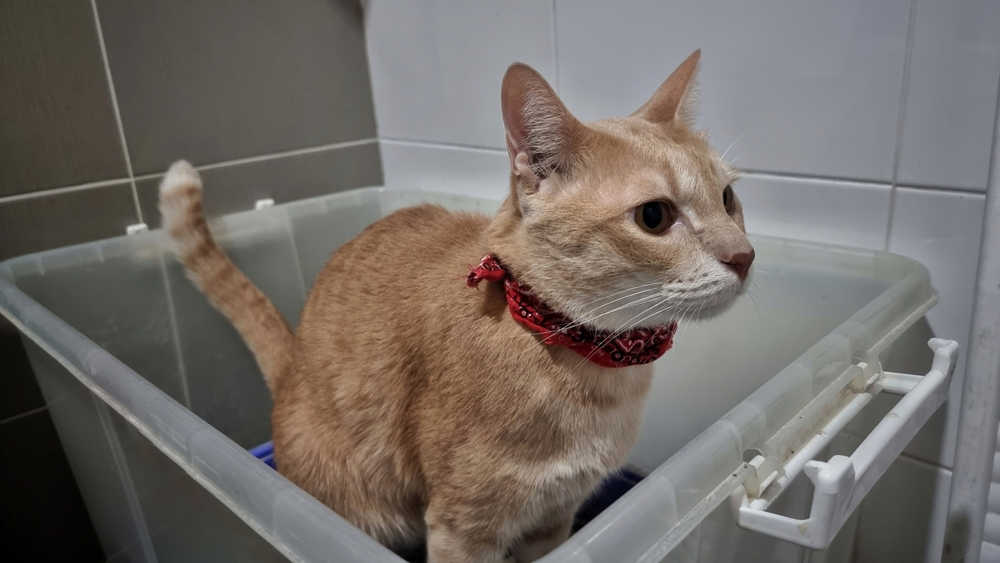
PUPD
This term means ‘polyuria/polydypsia’ and refers to a cat who is drinking and peeing much more than usual. Potential reasons this can happen will include kidney disease, liver failure and diabetes. Owners will notice their cat drinking lots of water and passing urine frequently and in large amounts.
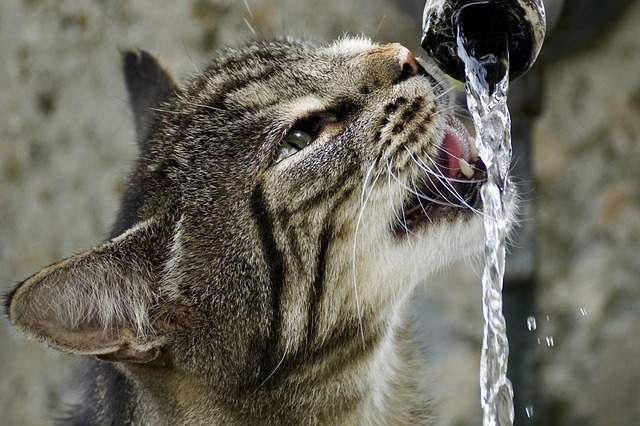
Bladder stones
Bladder stones can cause local inflammation and infections within the bladder. Cats with stones can feel a constant urge to ‘go’ and often are caught short when away from their litter tray.
Urinary infections
Interestingly, urinary infections are not especially common in cats, particularly younger cats. When they are present, we need to ask why as there will usually be an underlying cause such as sugar in the urine due to diabetes.
Arthritis
Cats who are struggling with their mobility and who have joint pain can find it hard to posture in their tray and to reach their litter tray on time. Other signs of feline arthritis can include reluctance to jump, hesitation before jumping and muscle wastage over their back end.
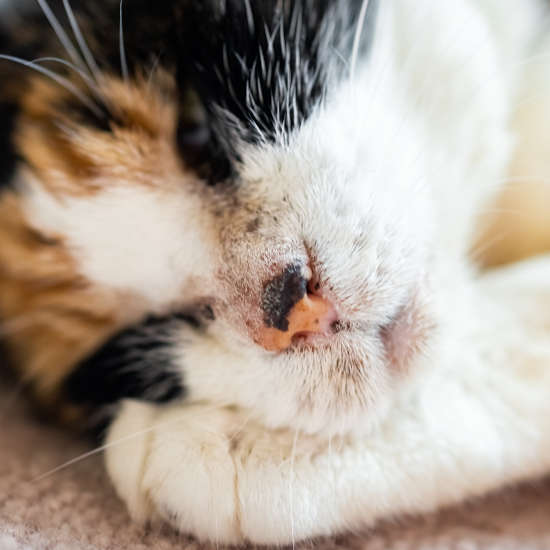
Feline dementia
A condition that is becoming more and more recognized, feline dementia can cause a range of signs such as excessive meowing, peeing and pooing in inappropriate places and staring into space.
Behavioral reasons
Stress or anxiety
Whenever an owner brings me a cat who is peeing outside of their tray, I’m always conscious that stress is very likely to be playing a role. If the issue is more recent, owners should consider what has changed in their home. Perhaps a new cat, new baby or recent house move. All of this can lead to stress which contributes to cystitis in cats.
Boredom
A bored cat is often an unhappy and anxious one. Cats are clever creatures who need lots of stimulation. For solely indoor cats, it can be tricky to meet their needs as they have no opportunity to explore outside, climb and patrol their territory. We can do our best by providing lots of interesting toys and puzzles, and ensuring they have everything they need including hiding spots, perches to see the outside world, cat trees, scratching posts etc.
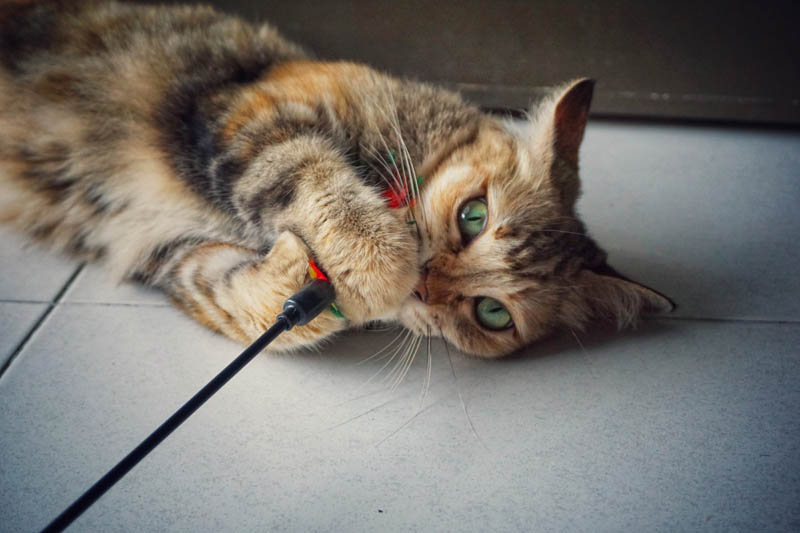
Scent marking
Cats will instinctively spray their urine to mark their territory as well as to make an ‘announcement’ of their sexual status. If your cat is spraying and is not neutered, this would be the first step to take. If the cat can smell urine in a place of the home that is not their tray, they may think it is a ‘toilet’. This is why cleaning up any accidents promptly and effectively is so important.
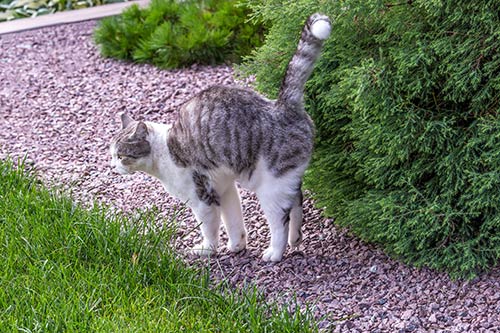
Environmental reasons
Co-habiting with another cat
Though some cats get along beautifully, many are lone rangers by nature and do not like sharing their home with others. These cats really struggle to share litter trays and may prefer to pee elsewhere, if they feel the trays in the home have already been claimed.
Too few litter trays
As a general rule of thumb, we want 1.5 litter trays per cat in the home. So a 3 cat household should have 5 trays as a minimum. These need to be well spaced apart and in areas of the home with little foot traffic.
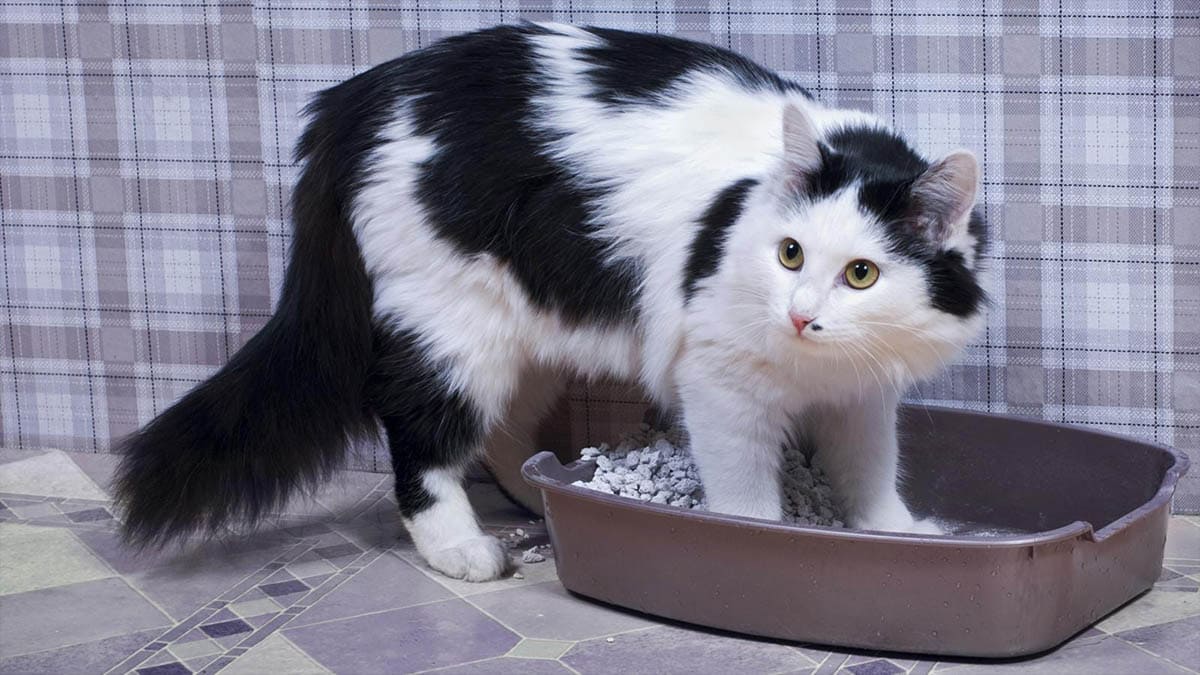
Dirty litter trays
If a tray is soiled (whether they did it themselves or another cat has done it), the cat may choose to not use it and to urinate elsewhere. This is why regular cleaning is so vital. For owners who are very busy, it may be worth investing in a self-cleaning tray or two.
Litter or tray preference
Studies have shown (2) that cats have different preferences, so it is worth finding out what your cat enjoys using more.
How can I tell if I need to take my cat to the vet because of peeing in one spot?
If things are not improving even when you make sure all of your cat’s needs are met, a vet visit is the next sensible step. If at any point your cat is displaying signs of a medical issue (like excess thirst, straining to pass urine, bloody urine or smelly urine), this would also be another signs that a vet trip is in order.
Steps you can take at home to stop your cat from peeing outside the litter box
As discussed, the key will be in figuring out why your cat is doing this, so you can address things at the root. Once we ensure all resources are met and any stress is minimized, we can generally get on top of the problem. Most of the time, steps needed will include adding more litter trays, cleaning the trays more often and preventing your cat from becoming bored or stressed. Importantly, any accidents should be cleaned up right away with an enzymatic cleaner that removes rather than masks the urine smell. This is a great spray which can be used on both hard and soft surfaces, and many cats prefer to spray on things like carpets and sofas (Amazon link).
If my cat needs vet care, what can I expect?
Your vet will want to know about how long the issue has been going on and if your kitty has been displaying any other signs such as weight loss, excessive meowing or licking of their genitals. They’ll also ask about any recent changes to their diet or home life. Before bringing your cat in, call ahead to ask if a urine sample should be brought in. If so, this should be a clean sample collected that day and stored in the fridge in a clean Tupperware box. If you cannot get one, don’t despair, as your vet should be able to. Your vet will check your cat from nose to tail, feeling their bladder and kidneys to check for any discomfort or irregularities. They may analyze their urine and, in some cases, the bladder will be scanned using an ultrasound.
Diagnosis & cost of diagnosis
Diagnosis of the issue can usually be achieved after the cat is checked over and some basic tests have been run. Oftentimes, we make a ‘best guess’ and go from there. This may mean an assumption of Idiopathic Cystitis, if all of the basic tests have come back normal. The cost of the consult and basic tests will vary from clinic to clinic but may be about $100-400, depending on what is done.
Vet treatments & costs
Treatment will depend on the patient and what is going on with them. Your vet might issue some anti inflammatories, bladder supplements and a prescription urinary diet. This approach can cost about $100-150, depending on how long the supplements and special food need to be continued for. Your vet should also discuss environmental management and how best to minimize stress from home.
Prognosis
For some cats, when there is a specific reason they are urinating outside the tray, once we fix the problem, they urinate in the tray going forward. For others, signs may come and go. This is typically the case for those with Idiopathic Cystitis; a condition which can be difficult to manage.

